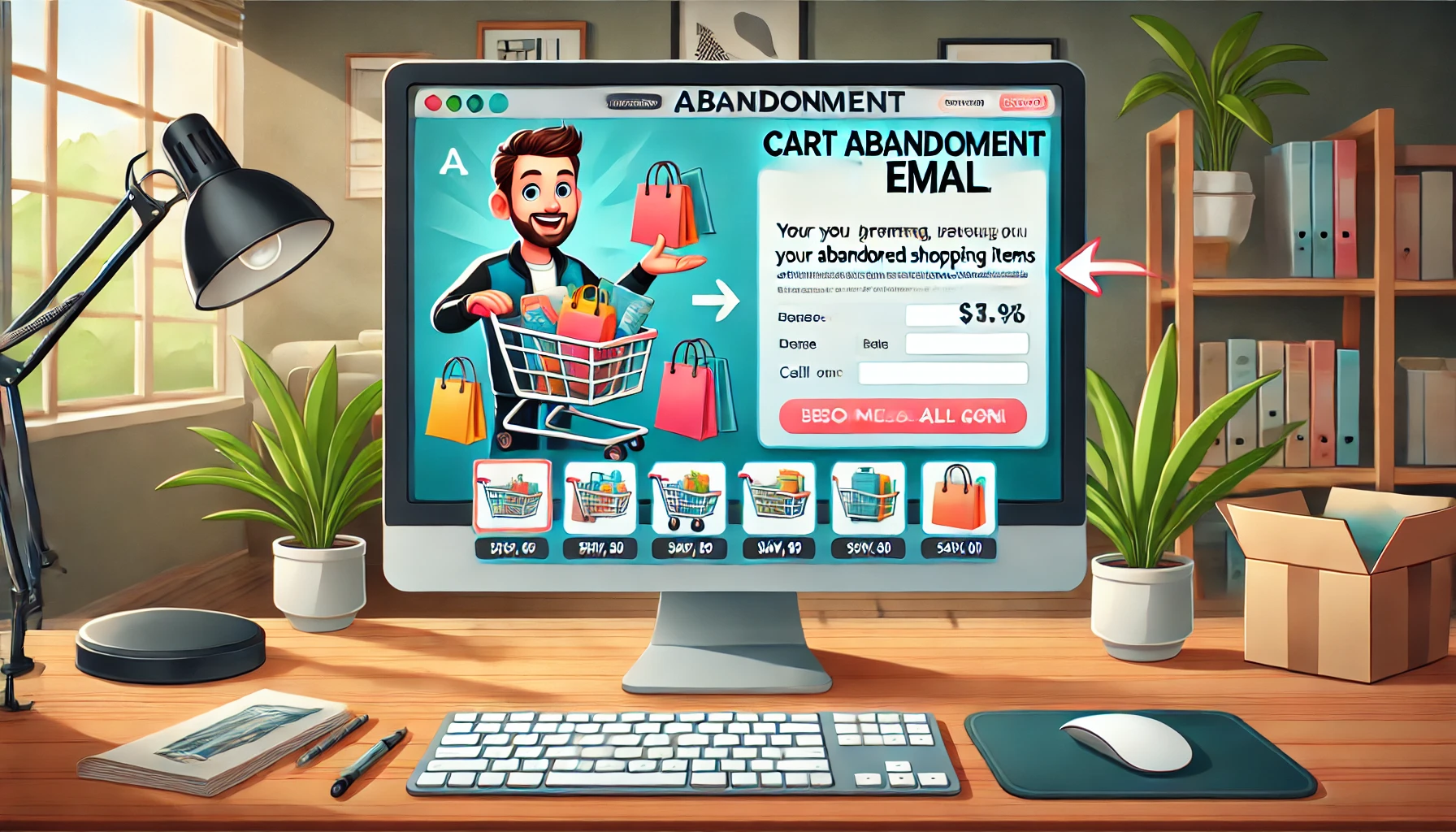Let’s talk about keeping your business leads fresh and engaged. When you’re gathering email addresses or collecting leads through other methods, it’s crucial to keep them hooked.
Here’s the thing: spending your time and resources on collecting leads without maintaining contact can lead to them forgetting you. Imagine finally deciding to send an email and realizing they don’t remember who you are. That’s a missed opportunity right there, as they’re less likely to engage with your message or follow through with the action you need.
So, what’s lead nurturing? It’s about having a solid plan and systems to consistently engage with your leads. This way, they stay warm to your pitch.
Keeping in touch effectively increases your chances of turning those leads into paying customers because you’re keeping them interested and showing them the real value your business offers.
Now, let me share some lead nurturing tactics that have really worked for us:
#1. Tailor Your Approach to Different Stages of the Funnel
When we dive into the idea of a marketing funnel, we’re looking at how a potential customer moves from first hearing about your business to making a purchase. Picture this: at the top and middle of the funnel, you’re rolling out various marketing strategies before the lead even gets to the sales team.
Now, not every lead sticks around through the entire funnel. Say you launch a big marketing blitz and reel in heaps of new leads. A bunch of them might not make it to the nurturing phase. That’s pretty normal—it’s all about finding the right fit and sometimes it’s just not the right time for some prospects.
The whole point of lead nurturing is to guide people through the funnel and ideally, keep them moving along with you. A smart move is to design specific campaigns tailored for each funnel stage.
Here’s the catch: many companies focus too heavily on making the sale at the bottom of the funnel. They pour most of their budget into this stage, sidelining the earlier parts of the funnel.
This strategy can backfire for a couple of reasons. First, targeting the bottom of the funnel is super competitive and can get pricey, especially in PPC campaigns where you’re paying top dollar to reach those about to pull the trigger on a purchase.
Secondly, it’s rare for someone to jump straight from just learning about your business to buying your product. The journey usually isn’t that direct—especially with big-ticket items, which take longer to consider. If you neglect the middle stage or bombard it with nothing but hard-sell ads, you’re likely to lose many potential customers. Instead, mix up your messages to cater to the needs and goals of your leads at each stage.
For example someone who’s weighing up different solutions might really value content that compares options honestly and helps them make an informed decision.
So, if we were to boil this down to a couple of core strategies for managing your funnel, it would be these:
- Understand the customer journey for each stage—what are they looking to achieve or solve?
- Keep your leads engaged by providing content that resonates with where they are in the funnel.
#2. Follow Up Promptly
Honestly, it’s surprising how many businesses drop the ball when it comes to timely follow-ups with leads. Picture this: a company spends big bucks to attend a trade show, collects a bunch of leads and then? Nothing. They wait months before reaching out.
By then, those leads have gone cold. The people might not even remember who you are or why you have their contact info. The golden rule here is to follow up as soon after your initial meeting as possible. Studies back this up, showing that you’re way more likely to turn a lead into a potential sale if you reach out quickly.
So, what’s the hold-up with prompt follow-ups? Most of the time, it’s because companies lack a solid system to manage their leads effectively. This is where marketing automation can be a game changer. Manual tasks can get neglected or pushed aside. If you automate the process, from capturing leads to following up, you set yourself up for less hassle and better results.
With marketing automation, you can automate how leads are entered into your system and set up lead nurturing to automatically send emails and other communications based on specific actions. You can even set alerts or reminders for personal follow-ups, like phone calls. Trust me, using timely, automated strategies will get you far better results than old-school cold calling.
#3. Embrace Multichannel Strategies
Back in the day, nurturing leads was mostly about sending out emails or making calls. Don’t get me wrong, these methods still rock—email marketing is especially killer, with pretty much everyone checking their emails daily across all age groups.
But things have shifted. Nowadays, people are all over different online channels. Omnichannel marketing is the big thing now. It’s about using multiple channels and devices to give customers a smooth, seamless experience. It’s like being everywhere your customers are, without them seeing the seams.
Take a look at some numbers that really put things into perspective. Companies that nail their omnichannel engagement keep around 89% of their customers compared to just 33% for those that don’t. And guess what? About 90% of customers expect consistent interactions across channels. Plus, businesses with solid omnichannel strategies see 91% greater customer retention rates year over year compared to those that don’t.
Marketing automation tools are perfect for managing this kind of multichannel lead nurturing. With things like tracking pixels and smart tech, you can really get to know your audience and tailor content that hits them right where they are in the funnel.
This tech also helps you keep the experience smooth and consistent. People usually interact with your brand several times, across different devices and platforms, before they make a buying decision. They expect a uniform vibe, regardless of how or where they interact with you and automated marketing strategies are key to delivering on that expectation.
For instance, you might set up automated email sequences, post related content on your social media, run retargeting ads and even reach out with a phone call. Using these varied channels helps you gather insights on lead interactions, allowing you to tweak and improve your approach for the best results.
Final Thoughts
Alright, let’s wrap this up: prioritizing lead nurturing is a must. Seriously, don’t let those precious leads you worked hard to collect just fade away! Keeping in touch regularly means they’re more likely to remember who you are and eventually, become your customers.
Now some top-notch lead nurturing strategies involve crafting content specifically for your target buyers, understanding different stages of the marketing funnel and using marketing automation. It’s all about hitting people with content that’s super relevant to what they need and want right now. And thankfully, today’s marketing tech is here to make that easier.
Are you looking for some help to set up killer, automated lead nurturing strategies? Contact us and drop us a line. We’re here and ready to help you make the most of your leads!
Frequently Asked Questions (FAQs)
What is lead nurturing?
So, lead nurturing is all about building a cool relationship with potential buyers at every point of their journey—from just hearing about us to finally making a purchase. It’s like keeping up a steady convo with them, giving them the info and help they need to warm up to buying something from us.
Why is it important to tailor campaigns to different stages of the marketing funnel?
Think of the marketing funnel like the different levels in a video game—each level has its own challenges and rewards. By tailoring our campaigns to match these levels, we make sure we’re giving potential customers the right kind of push and information they need right when they need it, which helps nudge them closer to buying.
How soon should I follow up with leads after initial contact?
You should hit them up as soon as you can after you first meet or talk. The quicker you follow up, the better your chances of making a lasting impression and turning them into serious buyers. If you wait too long, they might forget about you or lose interest and that’s a missed shot at making a sale.
What are the benefits of using a multichannel strategy in lead nurturing?
Using a bunch of different channels—like email, social media and even phone calls—lets us reach out to potential customers in ways that they prefer and use regularly. It creates a smoother vibe and experience for them, which can make them stick around longer and feel better about buying from us.
How can marketing automation improve lead nurturing?
Marketing automation is like having a super helpful assistant that never sleeps. It takes care of the boring stuff, like sending out emails and organizing our contacts so we can focus on more important things. It makes sure we keep in touch with potential customers at the right times and in personal ways, which makes our whole lead nurturing game a lot more effective.












